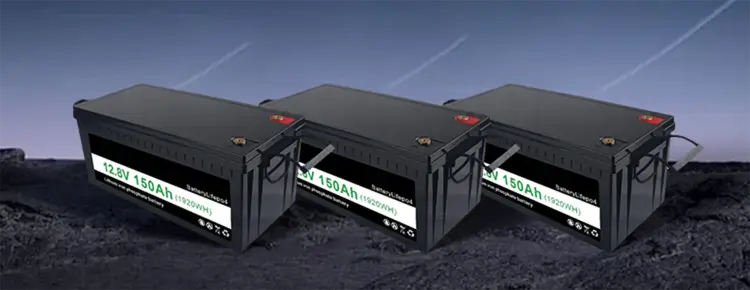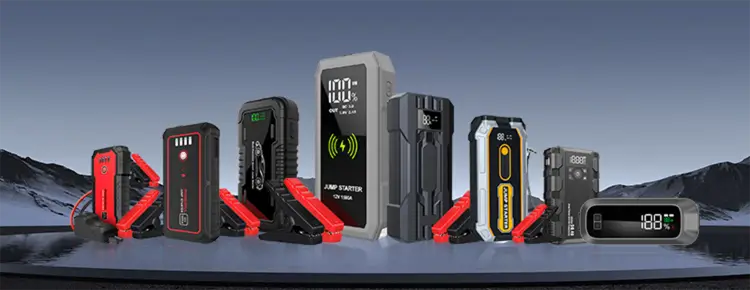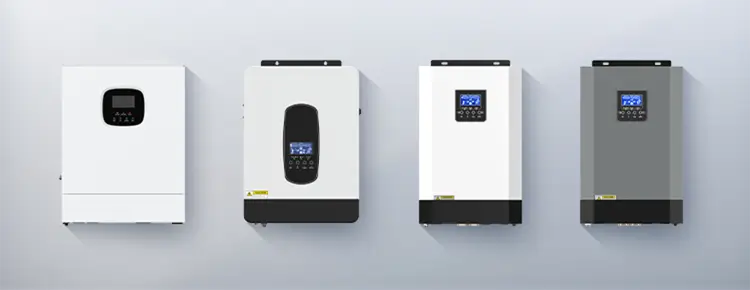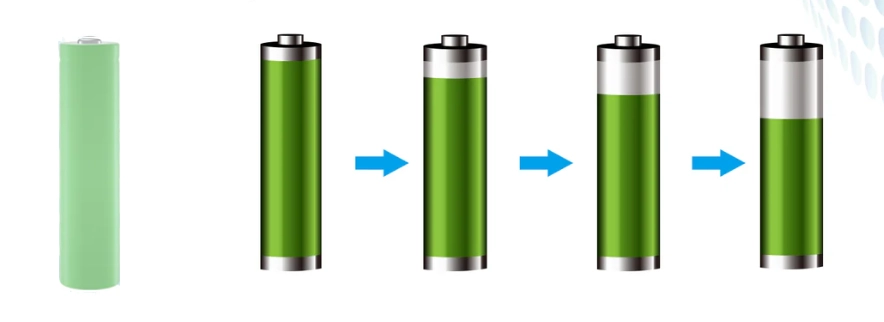



Blog
Hot Category
Latest Blog
03 Jan 2025
Nlelsen
In life, everyone will encounter a phenomenon that electronic products that are fully charged but not used for a long time will slowly lose power. So is this problem a problem with the electronic products? Or is the battery broken? In fact, it is not. This is a natural process that is common in all types of batteries. Whether it is lithium-ion batteries, lead-acid batteries, nickel-cadmium batteries or nickel-metal hydride batteries, self-discharge cannot be completely avoided.
Although self-discharge is a normal phenomenon, excessive self-discharge rates will affect the storage performance and service life of the battery. In this article, we will explore in depth the causes, effects, and how to minimize the effects of battery self-discharge. Let you fully understand the chemical properties of this battery

believe everyone knows that the charging and discharging process of batteries is a chemical reaction, but even when not in use, side reactions may still occur inside the battery. These side reactions will gradually consume the energy of the battery, causing the power to slowly lose. And these chemical reactions cannot be stopped by external means.
During the manufacturing and production of batteries, self-discharge may also be caused by process problems, such as:
Micro short circuit: Due to damage caused by the manufacturing process or long-term use, a tiny conductive path may appear inside the battery, thereby accelerating self-discharge.
Impurity effect: Trace impurities in battery materials will participate in non-ideal chemical reactions, resulting in energy loss.
High temperature: Increased temperature will accelerate the internal chemical reaction of the battery, significantly increasing the self-discharge rate.
Humidity: A humid environment may cause corrosion of the battery shell or leakage of the internal electrolyte, further increasing self-discharge.
Battery aging: As the battery is used for a longer time, the activity of the internal materials gradually decreases. For example, the solid electrolyte interface film (SEI film) of the lithium-ion battery will thicken. This aging effect will lead to an increase in the self-discharge rate.
Store the battery in a dry, cool environment, avoiding high temperatures or excessive humidity.
The ideal storage temperature is around 20°C.
For lithium-ion batteries, it is recommended to store them at 40%-60% power and avoid fully charged or fully discharged states.
Check the battery status regularly and charge it every 3-6 months when stored for a long time.
High-quality batteries usually use better materials and manufacturing processes, and their self-discharge rate is lower.
When storing batteries, you can use a battery protection box or protective equipment to avoid adverse effects on the battery from the external environment.
According to the above article, you can understand that battery self-discharge is an inevitable natural law, but if your battery self-discharge loss is very large, it may also be that the battery is broken. You can also reduce the loss of self-discharge through proper storage and use.
Understanding and paying attention to the self-discharge phenomenon of batteries will not only help improve the efficiency of battery use, but also bring us a safer and more reliable battery experience.